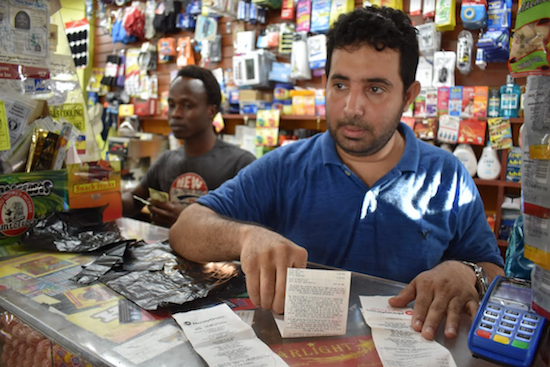Immigration Clampdown: The threat to Brooklyn’s economy

When Zaid Nagi started his first business in 2005, he had just $5,000 in cash and had to borrow $20,000 more. Today Nagi, who immigrated to the U.S. in 1994 as a teenager, owns five cellphone stores and a bodega in the city.
He owes much of that success to fellow Yemenis who have immigrated to the U.S. Nagi, 36, has hired about 15 people from Yemen who arrived through the Diversity Immigrant Visa program, a lottery that allows people from countries with few migrants to the U.S. apply for a lottery to enter the country.
Diversity Visa winners make good managers, said Nagi. They tend to be well educated and are at the beginning of their careers, he said. It gives him the best of both worlds: skilled employees willing to work for less than someone born in the U.S. who has the same qualifications. After a couple of years working as employees, it is not uncommon for managers to leave and start their own businesses, some of which Nagi has invested in.

Brooklyn Boro
View MoreNew York City’s most populous borough, Brooklyn, is home to nearly 2.6 million residents. If Brooklyn were an independent city it would be the fourth largest city in the United States. While Brooklyn has become the epitome of ‘cool and hip’ in recent years, for those that were born here, raised families here and improved communities over the years, Brooklyn has never been ‘uncool’.